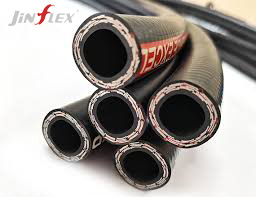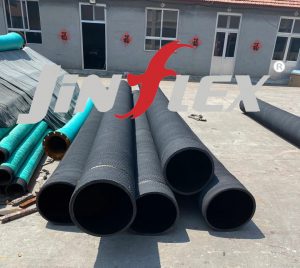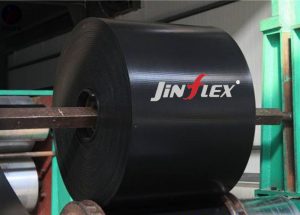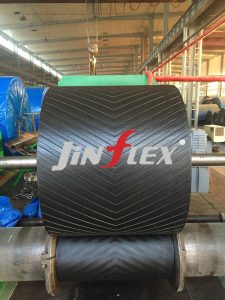1. Inner rubber:
Inner rubber hose: First, the inner rubber hose is manufactured. It is usually made by extrusion molding and will be pre-treated to improve adhesion with the steel wire.
Wire treatment: The steel wire used needs to be surface treated (such as galvanizing, copper plating, etc.) to prevent rust and improve the bonding with the hose.
2. Winding machine settings:
Winding equipment: The winding process is usually completed on a dedicated wire winding machine. The winding machine is equipped with multiple wire reels, and the winding angle, number of wire roots and number of layers can be adjusted as needed.

Tension control: In order to ensure that the steel wire is tightly wound on the hose, appropriate tension needs to be applied to the steel wire. This is achieved through the tension control system of the winding machine.
3. Wire winding:
Single-layer winding: During the winding process, the steel wire is wound on the inner layer of the hose at a certain spiral angle (usually 54°44′). The winding angle and the number of wire roots directly affect the compression resistance and flexibility of the hose.

Multi-layer winding: If higher compressive strength is required, multi-layer winding can be performed. When multi-layer winding is performed, the winding direction of each layer of steel wire is usually opposite to the previous layer (i.e. cross winding) to ensure the overall strength and stability of the hose.
Zaozhuang Jinfu has Meyer braiding machines and high-speed winding machines imported from Germany. Its products have won the “National Only Quality Gold Award” and enjoy a high reputation and good reputation. If you are interested in our products, you can visit our website htt


